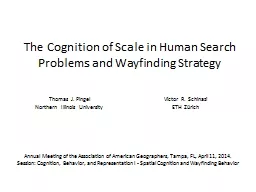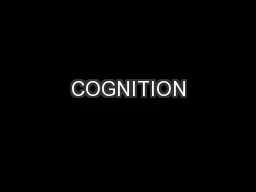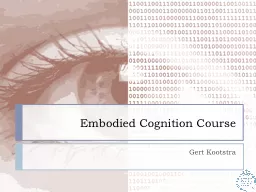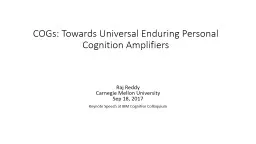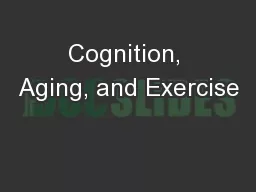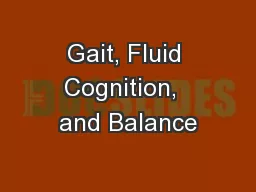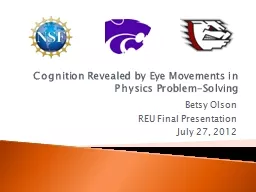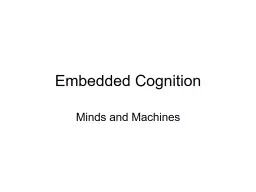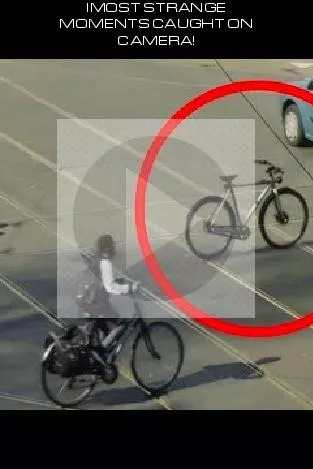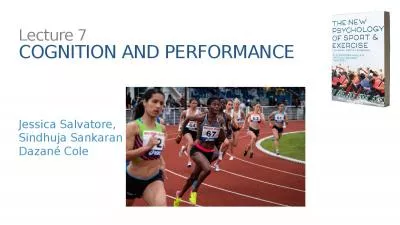PPT-The Cognition of Scale in Human Search Problems and
Author : calandra-battersby | Published Date : 2020-01-20
The Cognition of Scale in Human Search Problems and Wayfinding Strategy Thomas J Pingel Northern Illinois University Victor R Schinazi ETH Zürich Annual Meeting
Presentation Embed Code
Download Presentation
Download Presentation The PPT/PDF document "The Cognition of Scale in Human Search P..." is the property of its rightful owner. Permission is granted to download and print the materials on this website for personal, non-commercial use only, and to display it on your personal computer provided you do not modify the materials and that you retain all copyright notices contained in the materials. By downloading content from our website, you accept the terms of this agreement.
The Cognition of Scale in Human Search Problems and: Transcript
Download Rules Of Document
"The Cognition of Scale in Human Search Problems and"The content belongs to its owner. You may download and print it for personal use, without modification, and keep all copyright notices. By downloading, you agree to these terms.
Related Documents

